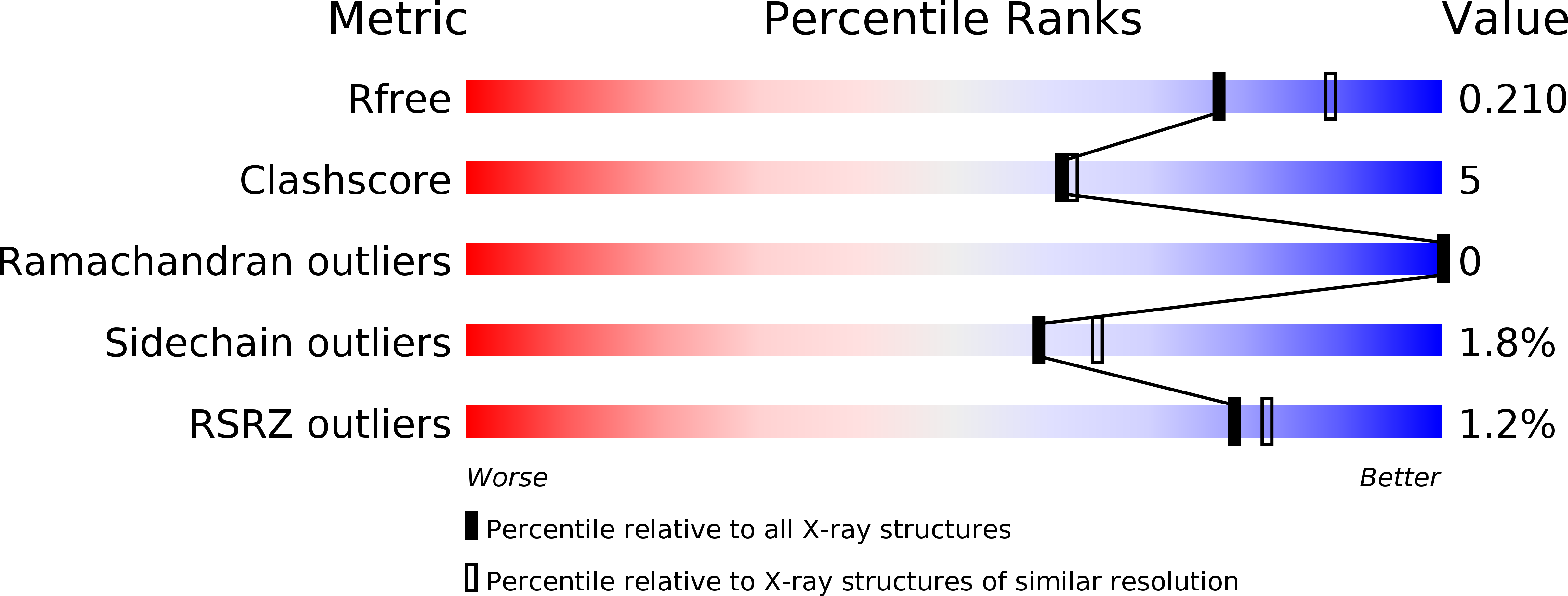
Deposition Date
2014-11-14
Release Date
2015-04-01
Last Version Date
2024-10-23
Entry Detail
PDB ID:
4WXU
Keywords:
Title:
Crystal Structure of the Selenomthionine Incorporated Myocilin Olfactomedin Domain E396D Variant.
Biological Source:
Source Organism:
Homo sapiens (Taxon ID: 9606)
Host Organism:
Method Details:
Experimental Method:
Resolution:
2.09 Å
R-Value Free:
0.20
R-Value Work:
0.17
R-Value Observed:
0.18
Space Group:
P 1 21 1


